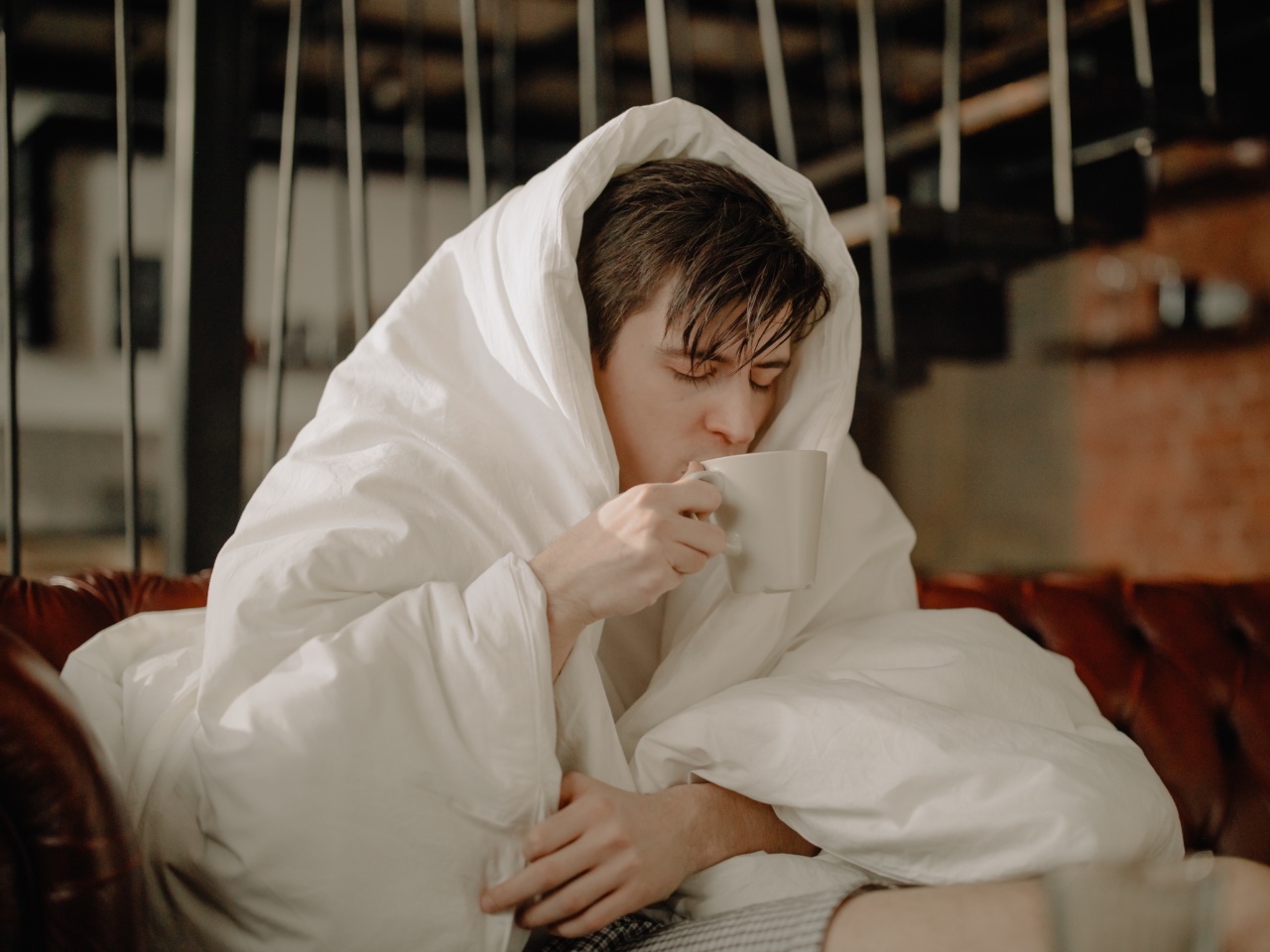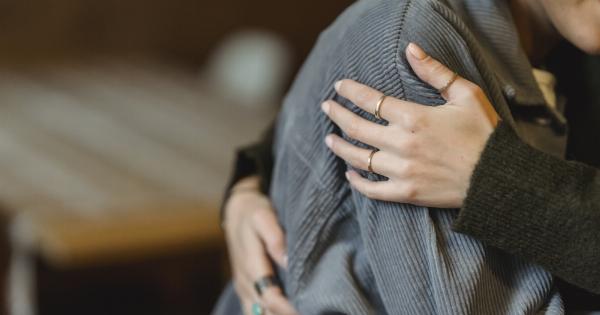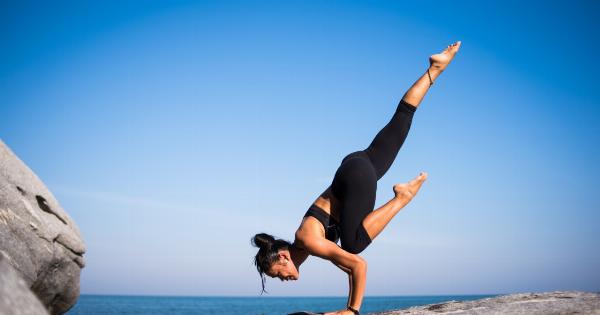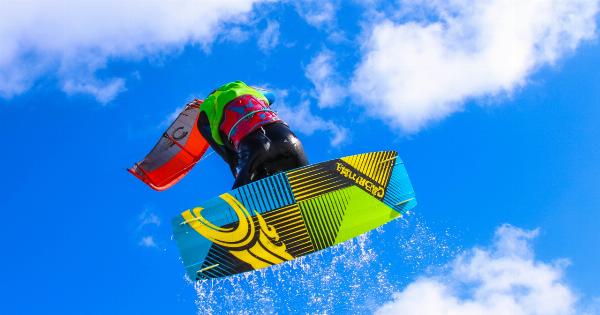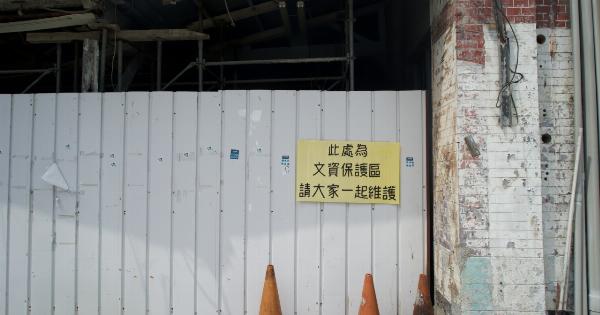As summer approaches, we all look forward to spending time outdoors and enjoying the sunshine. However, with higher temperatures come increased risks of heat-related illnesses and dehydration.
In this article, we will discuss various ways to stay safe during a heatwave.
Understanding Heatwaves
Heatwaves are extended periods of excessive heat, which can cause adverse health effects. The hotter the temperature and the longer the heatwave, the greater the risk.
Therefore, it’s essential to understand the various types of heat-related illnesses and ways to prevent them.
Signs of Heat-Related Illnesses
Heat-related illnesses occur when the body’s internal temperature rises excessively, causing dehydration and other harmful effects. Symptoms can range from mild to severe. Some common signs of heat-related illnesses include:.
- Headache
- Muscle cramps
- Nausea and vomiting
- Dizziness
- Fainting
Preventing Heat-Related Illnesses
The best way to prevent heat-related illnesses during a heatwave is to take precautions before going outside and to remain mindful of your body’s needs while in the heat. Here are some ways to avoid heat-related illnesses:.
- Drink plenty of water and hydrating fluids, such as sports drinks.
- Avoid caffeinated and alcoholic beverages, which can lead to dehydration.
- Wear loose-fitting, light-colored clothing and a wide-brimmed hat to protect yourself from the sun.
- Stay in the shade, especially during peak hours (11 am to 4 pm).
- If possible, use a fan or air conditioning to keep your body cool.
- Avoid heavy physical activity in the heat.
- If you must work outside, take frequent breaks in the shade and replenish your fluids.
- Monitor your urine color to ensure adequate hydration; clear urine indicates good hydration.
What to Do If You Experience Heat Exhaustion
Heat exhaustion can lead to more severe conditions, such as heatstroke, so it’s crucial to recognize the signs and take immediate action to cool the body.
If you experience any of the following symptoms, seek medical help right away:
- Extreme fatigue
- Weakness or confusion
- Dizziness or lightheadedness
- Pale skin
- Headaches or muscle cramps
- Nausea and vomiting
- Rapid heartbeat or breathing
First Aid for Heat Exhaustion
The first step in treating heat exhaustion is to get out of the heat and into a cool place, such as an air-conditioned building or in the shade. Here are some other ways to help someone experiencing heat exhaustion:.
- Loosen tight clothing and remove any unnecessary layers
- Encourage them to drink cool water or sports drinks
- Apply a cool, damp cloth to their forehead, neck, and wrists
- Assist with a cool bath or shower, if possible
How to Cool Down Quickly
In some cases, it’s not always possible to remove yourself from the heat immediately. Here are some quick ways to cool yourself down in an emergency:.
- Take a cold shower or bath
- Wrap yourself in a damp towel or sheet and sit in front of a fan
- Sit or stand in front of a misting fan
- Drink plenty of cold water or other hydrating fluids
Conclusion
A heatwave can be an enjoyable time, but it’s crucial to stay safe and avoid heat-related illness. By taking the necessary precautions and recognizing the signs of heat exhaustion, you can stay cool and hydrated during the summer months.
